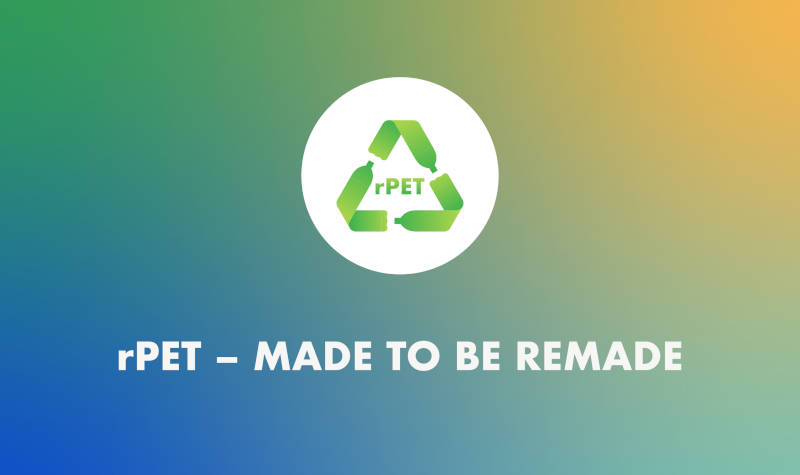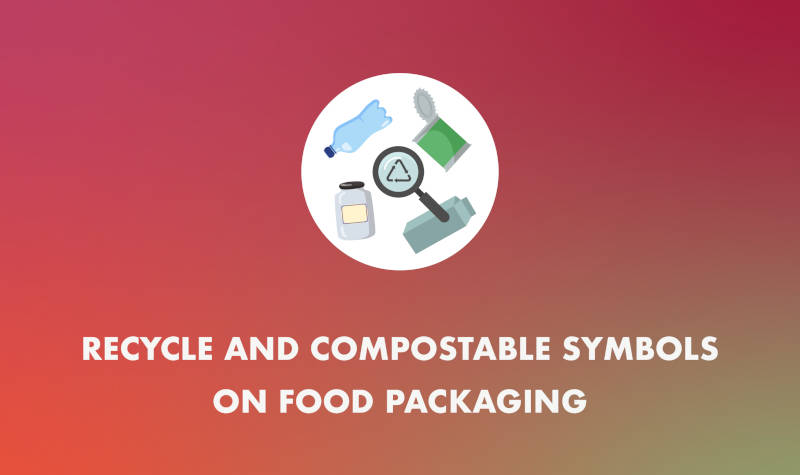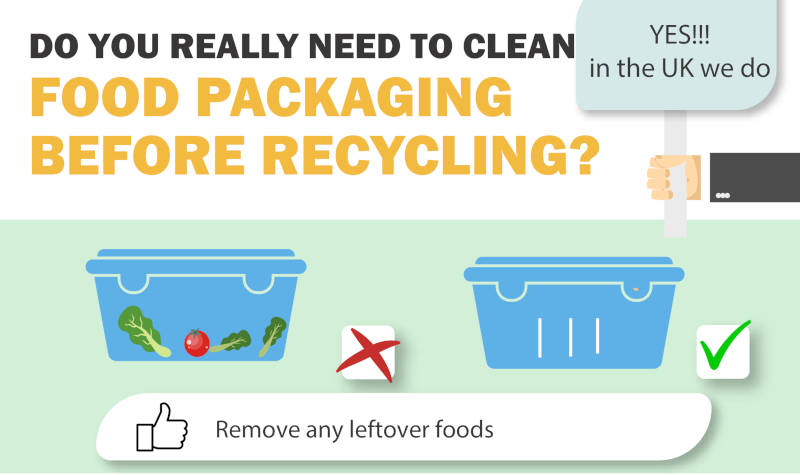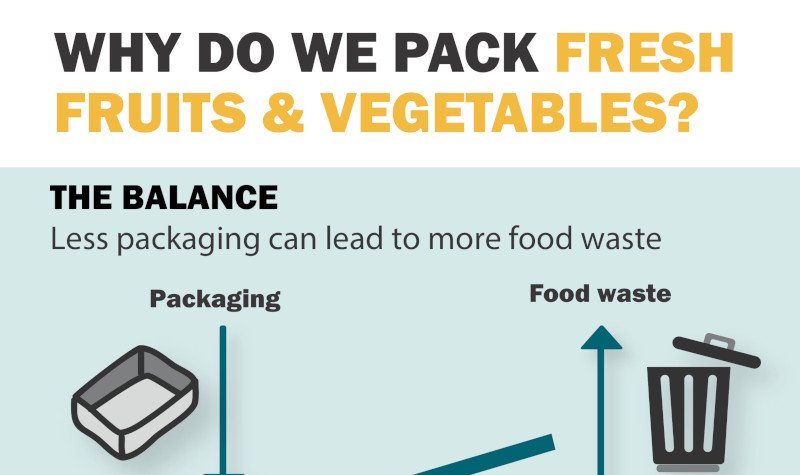Based on the Article 200 of the Act of July 20th, 2018 Law on Higher Education and Science (Journal of Laws of 2018, item 1668 as amended) and the Agreement of March 16th, 2020 on the establishment of a doctoral school called „Interdisciplinary Doctoral School of Agricultural Sciences” and the Rules of Recruitment to the Interdisciplinary Doctoral School of Agricultural Sciences signed between the parties: Institute of Animal Reproduction and Food Research of the Polish Academy of Sciences (IAR&FR PAS) in Olsztyn, National Veterinary Research Institute (NVRI) in Puławy and Institute of Agrophysics of the Polish Academy of Sciences (IA PAN) in Lublin.
The Director of the Interdisciplinary Doctoral School announces:
the recruitment to the Interdisciplinary Doctoral School of Agricultural Sciences to the projects in the following scientific discipline:
Animal science and fisheries (IAR&FR PAS Olsztyn)
- „Importance of fatty acids and their transporters for placenta development in the pig”
Supervisor: prof. dr hab. Agnieszka Blitek
download PDF
- „Effect of embryonic signals on methylome of the porcine endometrium as a novel mechanism contributing to pregnancy establishment”
Supervisor: dr hab. Agnieszka Wacławik
download PDF
- „Painting or Spots? – Unravelling the Mechanism of Formation and the Functional Significance of the Novel, Glioblastoma-Specific Localization Pattern of HCMV (Human Cytomegalovirus) IE1 (immediate early 1) Protein”
Supervisor: dr hab. Magdalena Weidner-Glunde
download PDF
Food science and nutrition (IAR&FR PAS Olsztyn)
- „Modulation of the intestinal microbiota and its activity induced by the chicory inulin-type β-fructans in chronic skin inflammation”
Supervisor: dr hab. Urszula Krupa-Kozak
download PDF
Call for applications and method of submission:
Traditional mail – to the following address:
Interdisciplinary Doctoral School of Agricultural Sciences,
Institute of Animal Reproduction and Food Research of the Polish Academy of Sciences,
10 Tuwima Street, 10-748 Olsztyn, Poland
by September 5th, 2023 by 15.00 CET
By e-mail – to the following address: a.andronowska@pan.olsztyn.pl, by September 5th, 2023.
The Institute reserves the right to invite selected candidates
to the next stage of the recruitment process
.
Schedule
Verification of applications in formal terms: 6-7.09.2023.
Interviews (possible changes of the deadline will be placed on the School’s website): 11-12.09.2023
Publication of a detailed schedule of interviews, including information about the time of the examination of the candidate concerned: 08.09.2023
Publication of ranking lists: 15.09.2023
Agriclulture and horticulture (IA PAS Lublin)
- „Shaping the bacterial and fungal microbiome in legume-cereal intercropping” ACRONYM: LEGUMINOSE
Supervisor: prof. dr hab. Magdalena Frąc
Auxiliary supervisor: dr Agata Gryta
download PDF
In addition, the Candidate should submit an application for JUNIOR ENGINEERING STAFF MEMBER (f/m) in the Department of Soil and Plant System on the research project „Legume-cereal intercropping for sustainable agriculture across Europe” (Project 101082289 — LEGUMINOSE), funded by the European Union within the program HORIZON EUROPE – HORIZON-CL6-2022-BIODIV-01. Recruitment service
- „Interactions of microgreens and microbiomes as functional regulators of its quality, resistance and shelf-life” ACRONYM: MICROGREENS
Supervisor: prof. dr hab. Magdalena Frąc
Auxiliary supervisor: dr inż. Jacek Panek
download PDF
In addition, the Candidate should submit an application for PhD FELLOWSHIP (f/m) in the Project: „Interactions of microgreens and microbiomes as functional regulators of its quality, resistance and shelf-life – a case study for selected herbs (coriander, basil) and vegetables (radish, beet) in response to climate changes” no. 2022/45/B/NZ9/04254, financed by National Science Centre within the funding scheme OPUS-23. Recruitment service
Call for applications and method of submission:
Traditional mail – to the following address:
Interdisciplinary Doctoral School of Agricultural Sciences,
Institute of Agrophysics of the Polish Academy of Sciences,
Doświadczalna 4, 20-290 Lublin, Poland
By e-mail – to the following address: sekretariat@ipan.lublin.pl
The Institute reserves the right to invite selected candidates to the next stage of the recruitment process.
Link to recruitment to the Doctoral School of Quantitative and Natural Sciences
Schedule
An additional recruitment by September 6th, 2023 by 15.00 CET
Verification of applications in formal terms: 7-8.09.2023
Interviews (possible changes of the deadline will be placed on the School’s website): 18-19.09.2023
Publication of a detailed schedule of interviews, including information about the time of the examination of the candidate concerned: 11.09.2023
Publication of ranking lists: 20.09.2023
—
Documents:
List of documents required for the selection procedure (download PDF)
Documents to download:
- Recruitment Rules
- Annex 1 – Required Documents
- Annex 2 – Application Form Template
- Annex 3 – Consent to the processing of personal data
- Annex 8 – List of certificates
Read more









